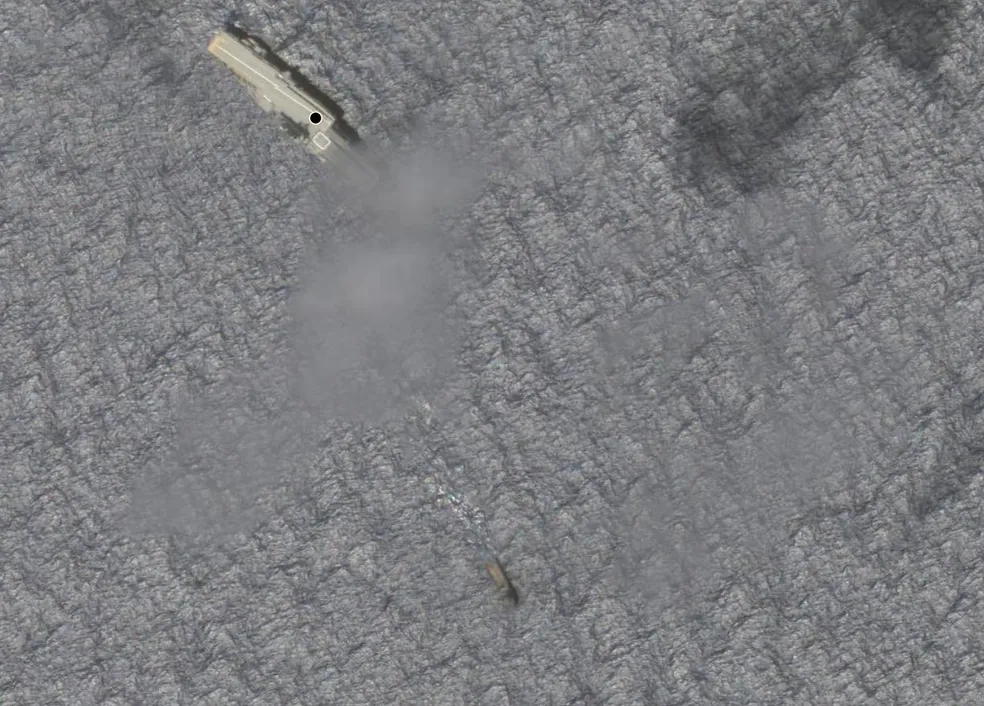
Navy sinks deactivated aircraft carrier São Paulo, months past deadline
Feb, 06, 2023 Posted by Lillian SmoakWeek 202307
On February 3rd, the Navy sank the decommissioned aircraft carrier São Paulo, which had been sailing at sea for months after being banned from entering Brazil and abroad.
“The procedure was conducted with the necessary technical competence and safety by the Brazilian Navy, in order to avoid logistical, operational, environmental and economic damage to the Brazilian State”, says the naval force, through a note.
This Friday, the Federal Regional Court of the 5th Region (TRF-5) allowed the Navy to sink the aircraft carrier, rejecting a request from the Federal Public Ministry (MPF), who saw a serious environmental risk in the decision.
Three holes in the vessel’s hull caused the ship to fill with water, which made sinking inevitable, according to an inspection carried out by the Brazilian Navy.
According to the document, if nothing was done, the aircraft carrier would sink uncontrollably by mid-February.
Risk of environmental damage
The Brazilian Institute of the Environment and Renewable Natural Resources (Ibama) assessed that the sinking of the ship could cause the following environmental damage:
- The release of polluting materials contained in the structure can disturb the filtering capacity and hinder the growth of aquatic organisms;
- The physical impact on the ocean floor can cause the death of species and the deterioration of ecosystems;
- Emission of gases (CFCs and HCFCs) used in the insulation of rooms contribute, from the corrosion of the walls, to the degradation of the ozone layer;
- The carcass can attract invasive species harmful to native biodiversity;
- Micro-plastics and heavy metals present in vessel paints can become the protagonists of undesirable bioaccumulation in aquatic organisms.
Because of this, Ibama asked the Navy for information to study alternatives for reducing environmental damage. The environmental agency also wanted to map the ocean floor area where the ship would be sunk.
According to the MPF, the vessel’s scrap contains 9.6 tons of asbestos, a substance that has toxic and carcinogenic potential. The hull also contains 644 tons of paint and other hazardous materials.
According to Ibama, the ship was not carrying toxic cargo, but hazardous materials are an “inseparable” part of its structure.
One such material is asbestos, a mineral fiber considered toxic. Currently banned in more than 60 countries, asbestos was used in several industrial segments.
Since 2017, a decision by the Federal Supreme Court (STF) has completely prohibited the use of asbestos in Brazil.
The Navy only took over management of the aircraft carrier after MSK, the company that transported it between Brazil and Europe, threatened to abandon the hull in the middle of the ocean.
Source: G1
To read the original report, visit: https://g1.globo.com/pe/pernambuco/noticia/2023/02/03/marinha-afunda-o-porta-avioes-desativado-sao-paulo-apos-meses-de-impasse.ghtml
-
Navegação
Jan, 26, 2023
0
Maersk and MSC to terminate 2M alliance in 2025
-
Meat
Mar, 03, 2023
0
Pork: Brazil exports 69,825 thousand tonnes in February
-
Ports and Terminals
Oct, 14, 2024
0
Port of Rio Grande Handles 81.7% of Ship Traffic in Rio Grande do Sul from January to September 2024
-
Meat
Aug, 23, 2021
0
Santa Catarina 2021 chicken meat exports reach US$ 1 billion



